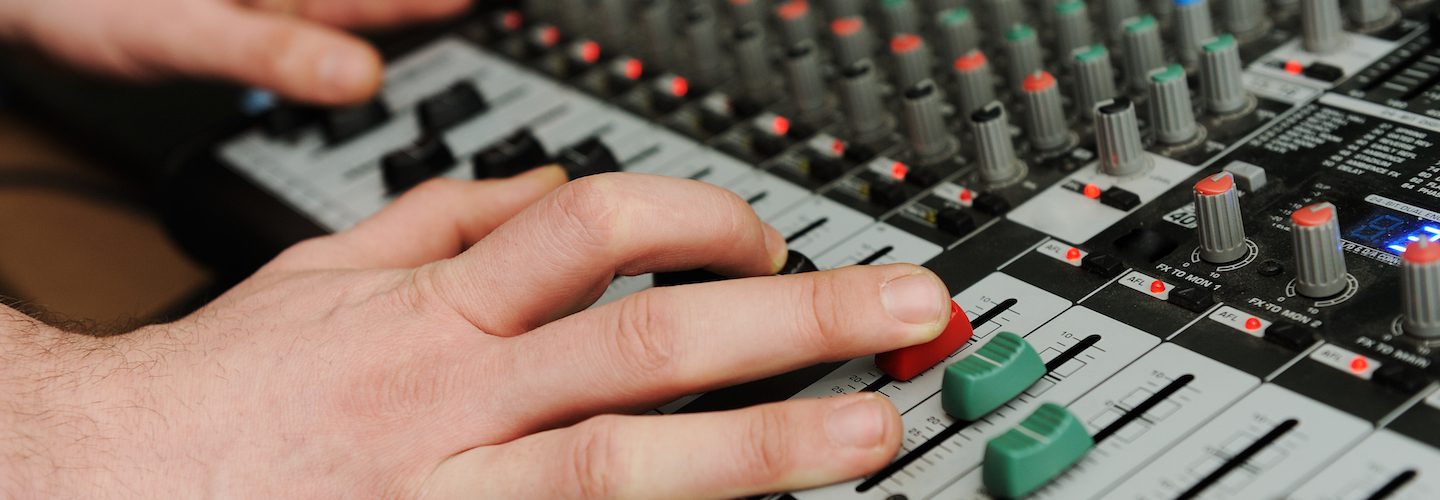As working musicians, we constantly struggle to get our sound out there in the real world. A few years ago, even attempting to get traction with a song would have involved a large network, a lot of cash, and a ton of help. But times, they are a-changin’. Today, social networks and stock footage can allow you to take on the work of a dozen specialists in-house, and in half the time.
Need transition music? Stock audio has all the loops, beats, and sound effects you could need. Want to design a sick album cover? Stock graphics (and some basic Photoshop know-how) have you covered.
But you already knew all of that.
What you may not have realized is that you can create your own music video from the comfort of your computer. No videographer, no lighting equipment, no PA’s or crew. With unlimited royalty-free stock video, you have the tools you need to save yourself thousands of dollars, all while giving yourself ultimate creative control–and you get to work on your own timeline.
Still don’t believe us? Check out the video below, created with 100% stock footage from Storyblocks and new music from our library. It tells a story that many can relate to—being stuck in the daily grind of an office job and craving freedom—set to the sound of “Soundtrack of our Summer” by The League.
Here are a few tips to help you create your own music video.
Step One: Listen Closely
In creating a music video, the first step is always to become familiar with the track. Listen to it a few times and see if your mind goes somewhere visually that represents the tone of the track. Try to stay away from going too literal with visuals since it can come across as cheesy.
Step Two: Storyboarding
Conceptualizing your story and building a storyboard is extremely important. You don’t want to go into a project and then have to change it halfway through when you’ve exhausted the idea but there’s still a whole minute left of the track.
Figuring out what visuals go with different audio cues at certain times and outlining the whole video will save a ton of time. You need a narrative element, even if it’s simply a mood or overall tone, because that’s what will carry the visuals. That said, avoid getting too literal or complex with the story; you want to keep the focus on the music.
Finally, your story should accompany the track. For example, if a track is structured A-B-C-B-A, your video might repeat a visual motif at the chorus to keep with the structure. If you’re building up to a big moment in the song, you should increase the action and speed in the video as well.
Step Three: Transitions
Transitions between cuts dictate your pacing. Play around and experiment with jump cuts, cross fades, overlays, and other transitions to find what best fits your music and video narrative.
That’s it! Now go forth and conquer the music industry with your new-found skills. When you’ve finished your project, share it with us in the comments section below, or tag us on Instagram or Twitter.



